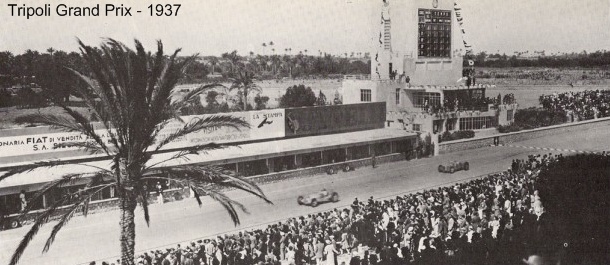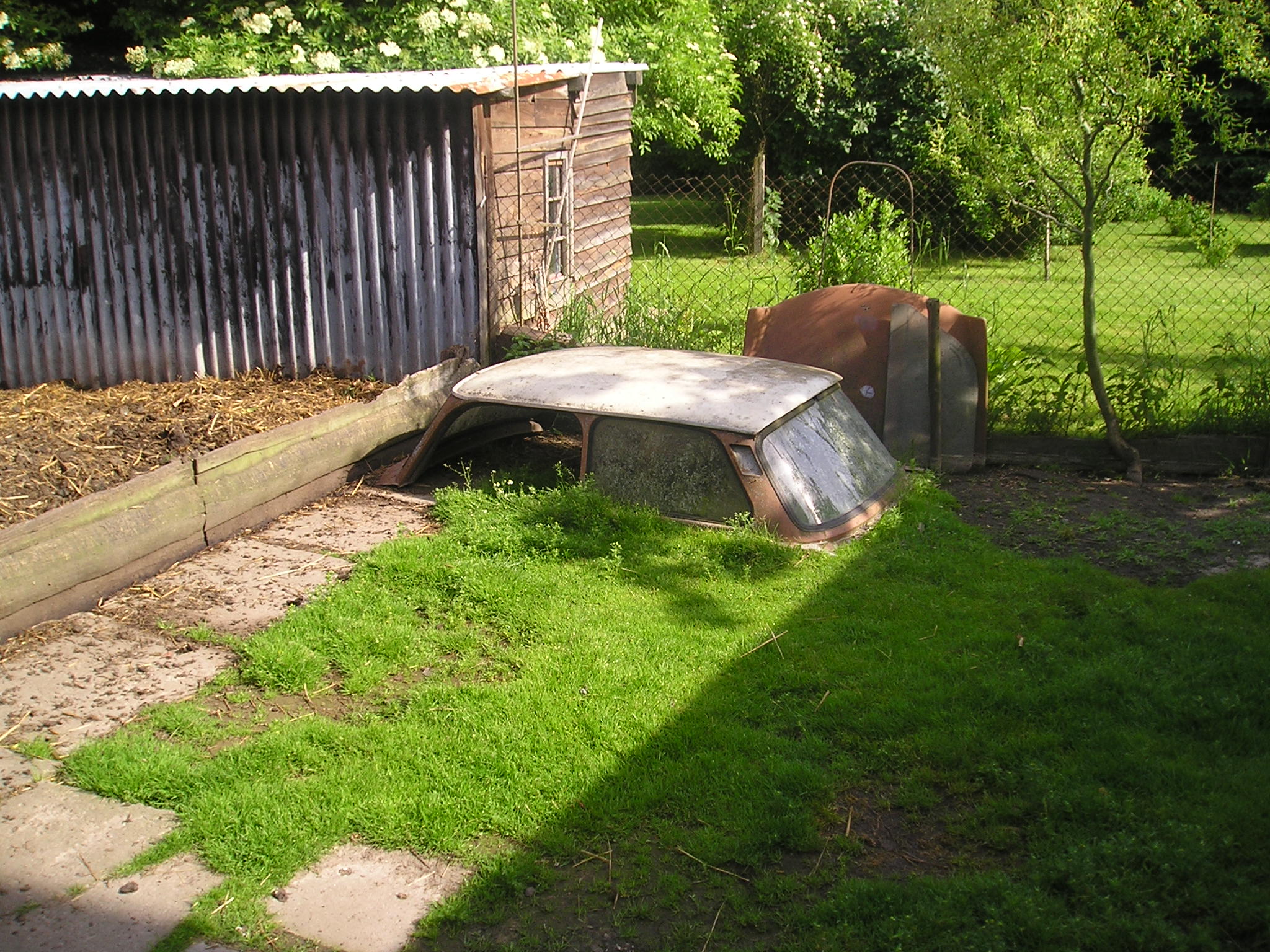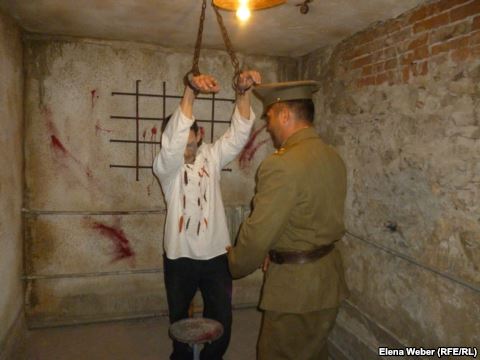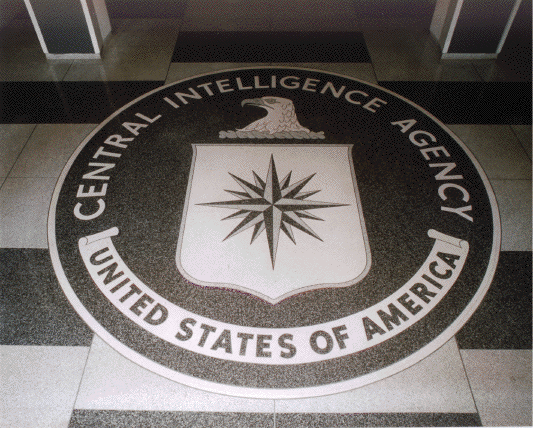The aftermath of this age of conflict has had profound and negative
implications for the way in which Europe has dealt with conflicts on its
doorstep, and far from meddling, Judt argues that there has been an
indifference to the Balkans conflict. In the article he says:
"I don’t think the consequence
is that Europeans have once again exported their conflicts of interest out of
Europe. It is more passive than that and in a way worse. What we see is an utter
lack of concern. Before the Yugoslav wars broke out in 1991 I was in Europe a
lot, especially in Germany and Austria. I would talk to people and say: ‘This
is going to be bad. This is serious. If you listen to what Milosevic is saying
and watch what is happening in Serbia and Kosovo, there is going to be
trouble.’ People would say one of two things. Either: ‘No, no, of course not,
it won’t happen.’ Or: ‘So what? This isn’t our problem. We have no moral
responsibility, they aren’t part of Europe.’ That is an ethically catastrophic
position but not the same as active participation. It’s an expression of
indifference."(1)
Judt's stance on the Balkans, as a self-confessed social democrat
and liberal interventionist (his faith in liberal interventionism was tested to
breaking point over the Iraq War), was that the West had a duty to intervene
and was woefully inadequate prior to, and during the 1990s NATO intervention.
His argument is not that international meddling caused the wars, but that
international inaction and indifference actually allowed them to happen.
Western inaction?
In Postwar, he places
responsibility for the Balkan Wars largely at the feet of Franjo Tudjman and
Slobodan Milosevic, claiming of the latter that the wars that wracked the
region for seven years were of his design. Judt applauds Tony Blair's eventual
intervention in the conflict as necessary and morally courageous, and is
excoriating in his criticism of French, Dutch and Danish peacekeepers for their
alleged complicity in the Srebrenica Massacre.
Judt writes: "Outsiders
did indeed contribute crucially to the country's tragedy, though mostly through
irresponsible acquiescence in local crimes."(2)
In the opening chapter of his book The Age of Extremes, Marxist
historian Eric Hobsbawm makes a similar point when he recounts the visit by the
elderly Francois Mitterrand to Sarajevo on June 28 1992. Hobsbawm points out
that the world's media gave Mitterand plaudits for his visit, drawing attention
to a conflict that was being largely ignored, whilst at the same time missing
the significance of the date of his visit, the anniversary of the assassination
of Archduke Franz Ferdinand - the event that triggered World War I. Mitterand's
visit was an ominous warning to the world to intervene in the conflict, a
message, according to Hobsbawm, that was delivered slightly too subtly. (3)
Both historians, approaching the conflict from subtly different
ideological and historiographical perspectives seem to concur that inaction, as
opposed to interference, was key.
Judt, in Postwar,
questions why the path out of Communism to liberal democracy and free markets
was so much more problematic for Yugoslavia than for other eastern bloc states
like Czechoslovakia or Poland. (4)
He concludes that in Czechoslovakia and other former Communist states,
few alternatives to free market economics and democratization existed, and
there was an absence of ethnic division (or in Czechoslovakia's case it was a
clear and easily resolvable one) to exploit. In the Balkans, the failure of Communism
was followed by a retreat into ethnic nationalist politics, and given the
intermingled nature of communities this was bound to result in conflict.
The US view
Judt argues that western indifference was fuelled by a media
portrayal of the Balkans as a mystifying and impenetrable conflict, the kind
that western states dislike engaging in, where a clear binary division between
'good' and 'bad' is impossible to establish. He quotes US Secretary of State
Lawrence Eagleburger, who said: "Until
the Bosnians, Serbs and Croats decide to stop killing each other, there is
nothing the outside world can do about it." (5)
America had recently washed clean the slate of national humiliation
over Vietnam by successfully expelling Saddam Hussein from Kuwait in 1991. She
had been determined not to become drawn into complicated and morally ambiguous
ethnic conflicts within the multi-ethnic state of Iraq, and so did not advance
into Iraqi territory.
The Clinton administration that would come to power in November 1992
inherited a strong foreign policy legacy from George Bush Senior and was not
keen to be seen, as Democrat Presidents sometimes are, as committing US troops
to unnecessary wars.
Judt claims that critics of the role of outside nations focus on the
two centuries of imperial interventions in the Balkans, from nearly every major
power in Europe and the Ottoman Empire. The role of Hans Dietrich Genscher, the
German foreign minister in 1991, prematurely recognizing the independence of
Slovenia and Croatia, was, according to the same audience, evidence of culpability.
It was this action that encouraged Bosnia to do the same and risk intervention
from Belgrade, thus commencing the bloodiest phase of the Balkan wars. (6)
Judt doesn't offer much in defense or condemnation of this
perspective, though he does state that it fails to take into consideration the
role of Yugoslavians themselves in the crisis, something he argues is far more
important.
In the dominant anti-war narratives in the West, Yugoslavians are
effectively edited out of the picture; whereas, according to Judt, their
involvement in the tragedy of Yugoslavia was key. (7)
Eric Hobsbawm, in interviews with Antonio Polito in The New Century,
discussed the eventual intervention in Bosnia by NATO, pointing out that part
of the reason for the delay in acting and for the confusion over the nature of
the mission was the uncharted political and diplomatic waters that the West was
entering.
Hobsbawm cites the 'fusion of domestic and international politics'
in the post-Cold War era, that made the mission's brief and its rules ambiguous
and confused, thus adding to the reluctance of western nations to act. (8)
Western hesitation
It is possibly this reluctance, along with the disinterest cited by
Judt that actually facilitated Milosevic's crimes, allowing him the luxury of
knowing that any intervention would be a long time in coming.
Hobsbawm suggests that actual outside interference was relatively
trivial in the breakup of Yugoslavia, stating that there were minor
'irredentist pressures' from Italy and Romania, seeking to claim territories
lost throughout the course of the 20th Century. (9)
It seems highly doubtful that even these irredentist claims were
serious or state led, perhaps more the demands of fringe nationalist parties
and newspapers. Their overall effect was trivial compared to the forces within
Yugoslavia that eventually tore the nation apart.
Hobsbawm disagrees that there was a real sense, prior to the 1990s,
that Yugoslavia would break up. In his interviews with Polito, he claims there
was no good reason to think the multiple ethnic state housing multiple
nationalities would 'splinter as a result of the political pressure of its
nations'. As with Judt, the explanation of internal nationalist tension is as
inadequate for Hobsbawm as the explanation of external meddling. Both
historians seem to agree that it was a toxic and violent part of the process of
the end of Communism, a blood-letting that the USSR had largely been spared.
In The New Century, Hobsbawm states that Communism in Yugoslavia had
not successfully penetrated people's lives in the way that religion might have;
it simply prevented them from being motivated by other political ideas.
He said: "Where forms of
nationalism had previously existed, they were obliged by history to fulfill a
new, more powerful and more prominent role." (10)
One factor cited by both Judt and Hobsbawm in their writings that
made intervention slow to materialize is a strange millennial historical
amnesia that seems to have gripped the western world.
Judt, in his anthology of essays published in 2010, Reappraisals, wrote: "Not only did we fail to learn very
much from the past...But we have become stridently insistent in our economic
calculations, our political practices, our international strategies, even our
educational priorities - that the past has nothing of interest to teach us.
Ours, we insist, is a new world: its risks and opportunities are without
precedent." (11)
New age. Forgotten past?
Judt's analysis of this particular aspect of western culture - the
decline in our ability to think about the past - touches on a number of key
areas of public discourse, one of which is foreign policy. Judt was making
clear reference to the debacle of Anglo American policy that was Iraq, but also
his perception of a sense of western amnesia that derives from the myopia
exhibited by European and American powers over the Balkans.
Just as Mitterrand tried to ignite public memory in his visit to
Sarajevo in 1995, Judt seems to lament our ability to see the historic dangers
that emanate from the South Eastern corner of Europe.
Hobsbawm also makes similar statements about the phenomenon of
forgetting in The Age of Extremes,
stating that: "Most young men and
women at the century's end grow up in a sort of permanent present, lacking any
kind of organic relation to the public past of the times they live in... In
1989 all governments, and especially all Foreign Ministries, in the world would
have benefitted from a seminar on the peace settlements, after the two world
wars, which most of them had apparently forgotten." (12)
Hobsbawm clearly makes reference here to the missed opportunities
for global security at the end of the Cold War and the making of a stable and comprehensive
world order after Communism. Much of this obviously relates to the failure to
help Soviet Russia to adapt from a command economy and a one party state, but
also part of the West's failings after 1989 were to deal with the crises
afflicting the states created during and after 1919. A clearer understanding of
the consequences of Versailles, Lausanne, Sevres and Triannon might, in Hobsbawm's
opinion, have motivated the West to act differently when the Balkan Wars began.
Slobodan Milosevic –
his role
For Judt, the real culprit is Milosevic, and he explicitly blames
him in Postwar not just for the
destruction of Bosnia Herzegovina in 1992, but for the other Balkan Wars as
well. However, Judt does not follow a narrow 'great man' version of history.
The circumstances in which Milosevic was able to create a series of
wars in the Balkans result from the end of the Communist state and the failure
of liberal democratic institutions to take root in Belgrade or in the other
capitals of the region. Whilst countries like Poland assumed that the de facto alternative to membership of
the Warsaw Pact was not necessarily embracing free market American capitalism,
but acceptance into the EU, the Yugoslavs were not presented with anything like
as compelling an opportunity. Whilst Poland's accession to the EU might have
been credible, it seemed utterly inconceivable in 1992 that Bosnia, Serbia,
Slovenia or any of the other former Yugoslav states would be invited to join.
This played neatly into the hands of Balkan nationalist’s intent on territorial
acquisition, as it made aggressive nationalism the only viable replacement as
an alternative to Communism.
Hobsbawm's argument that the lessons of other failed and partially
successful attempts to win the peace after winning the wars should be observed
by world leaders is particularly relevant here.
Versailles and the Balkans
In his 1920 Economic
Consequences Of The Peace, John Maynard Keynes led a withering attack on
the failure at Versailles to address any of the most pressing concerns of post
war Europe, but it might well have been written for Eastern Europe in 1989. He
said: "The Treaty includes no
provision for the economic rehabilitation of Europe - nothing to make the
defeated Central Powers into good neighbors, nothing to stabilize the new
States of Europe...It is an extraordinary fact that the fundamental economic
problem of a Europe starving and disintegrating before their eyes...and they
settled it from every point of view except that of the economic future of the
States whose destiny they were handling." (13)
Keynes attacked the myopic folly of Britain and France, knowing that
the excluded, marginalized and ignored states of Europe, and the vanquished Germans,
would not allow the Allies their triumphalism for long.
Keynes fear, along with a minority of the British establishment, had
been of a resentful, resurgent Germany, able to profit from an unstable Europe
where acute national questions had gone unresolved.
Unlike the case of Germany, there was no fear in the minds of
post-Cold War planners that rogue states like Serbia would have grand
continental wide ambitions and succeed in implementing them as Germany did.
Milosevic did not have his equivalent of Weltpolitik;
instead he was content to re-establish medieval Serbian borders and become a
regional, rather than a continental, hegemon. At the same time, however,
Yugoslavia was wedged between a liberal democratic western and now central
Europe, allied under NATO, and with an EU membership rapidly expanding
eastwards, and a post-Soviet Russian Federation, struggling to re-assert itself
as a world power. Therefore the great danger was not that, left to their own
devices the Serbs might build a vast arsenal and attack the West, but that
interfering in their affairs could bring the confrontation that both sides in
the Cold War had worked hard to avoid for fifty years. The other possibility
was that of being dragged into a multi-ethnic conflict where all sides were
guilty of war crimes, and whoever the West backed would be morally tainted in
some way. There was the (later realized) fear that the war would often be
fought by irregular troops, while America and Britain were particularly
hesitant about being drawn into conflicts that were difficult to extricate
themselves from owing to the lack of a clear exit strategy.






















